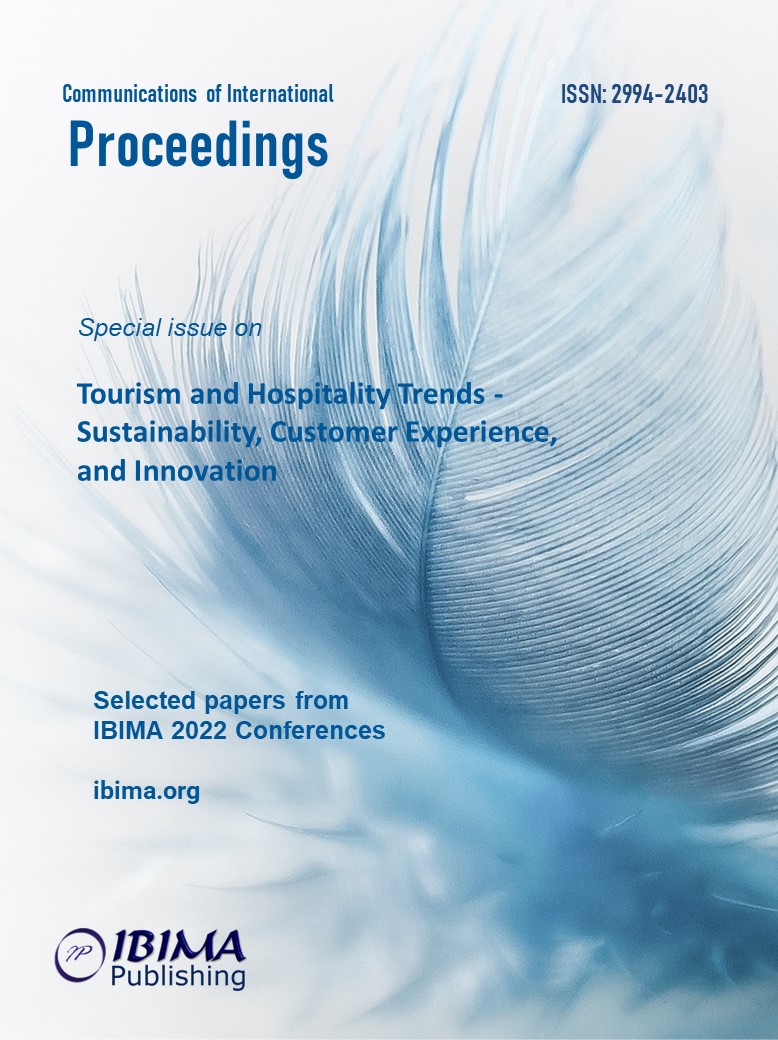
Bogdan WŁODARCZYK, Ewa SZAFRAŃSKA and Marzena MAKOWSKA-ISKIERKA
University of Lodz, Faculty of Geographical Sciences, Institute of Urban Geography, Tourism Studies and Geoinformation, Lodz (Łódź), Poland

In recent years, intangible cultural heritage has become an increasingly appreciated element of the tourist potential of both localities and regions. In order to contribute to its preservation and promotion, its inclusion on the UNESCO list is becoming the growing ambition of local authorities and local communities.
The aim of this article is to present a religious event – the Feast of Corpus Christi in Spycimierz, which, along with the unique tradition of arranging flower carpets, was inscribed on the UNESCO World Intangible Heritage List in 2021. The article presents the results of research, being part of the current analysis of cultural tourism, which determine the course and rhythm of this event and its spatial extent, as well as provide answers to the questions of how many people come to Spycimierz on that particular day and what their territorial origin is. The empirical basis of the work is the field research carried out in 2019, during the solemn celebrations of this feast, which was part of a wider project carried out in 2018-2020 entitled “Corpus Christi procession with the tradition of floral carpets in Spycimierz – protection and strengthening of tradition” financed by the Polish Ministry of Culture and National Heritage. The conducted research has shown that over 22,000 visitors come to a small village of just over 300 inhabitants on the day of the Corpus Christi celebrations, and the rhythm of this event, although closely related to its religious dimension, has also cognitive value for many visitors.